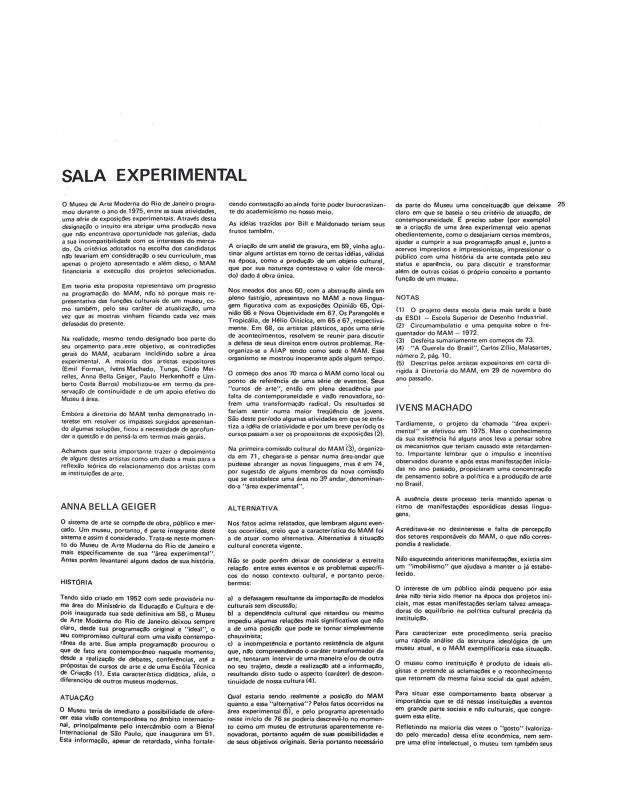As the son of a Brazilian ethnologist, Conceptual artist and sculptor Cildo Meireles (b. 1948) lived in many different parts of the country, although mainly in Brasilia, where he studied at the Escola Nacional de Belas Artes with, among others, painter Vicente do Rego Monteiro. He eventually settled in Rio de Janeiro. Meireles gained public recognition in the late sixties for decidedly political installations that in a certain way, addressed the censorship, killings, and oppression that riddled the country from 1964 to 1985. Meireles is indisputably one of the most internationally well-known Brazilian artists. The series discussed here was produced from 1970 to 1975.
The exhibition Eureka/Blindhotland was held in 1975 in the Project Room of the Museu de Arte Moderna do Rio de Janeiro (MAM-Rio). This text was distributed in a folder available at the show. In the work Eureka/Blindhotland, Meireles confronts the viewer with the deceptive nature of vision by putting several rubber balls on the floor of the gallery; [the balls were] of the same size but different densities and weights, a variation that can only be perceived when the works are lifted up (hence Eureka!). Starting with this work, Meireles’s art began to focus on the structural deception born of the limitations of the senses, mainly vision and smell.
In his text “O pão nosso de cada dia” [doc. no. 1110557], art critic Fernando Cocchiarale discusses the exhibition of Anna Bella Geiger at the Project Room of MAM-Rio. Geiger was a contributor to the magazine Malasartes and was one of the artists in Rio who experimented with new technologies. The text entitled “Sala Experimental” [doc. no. 1110602] was written collaboratively by Anna Bella Geiger, Ivens Machado, and Paulo Herkenhoff.


